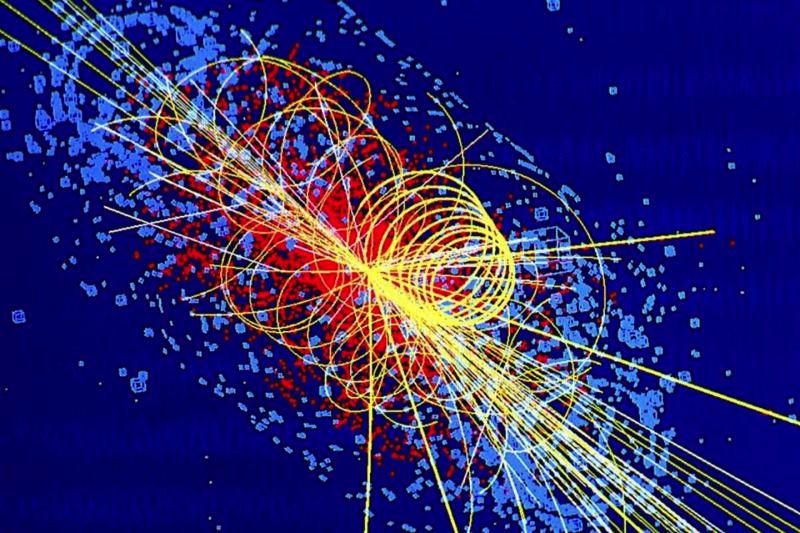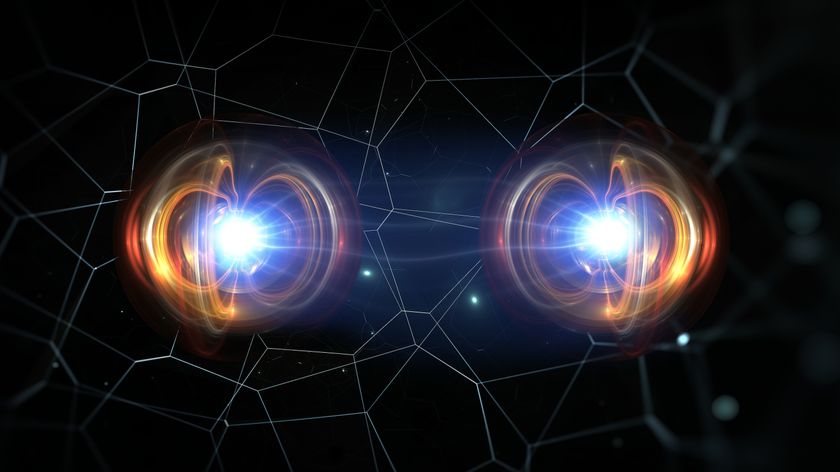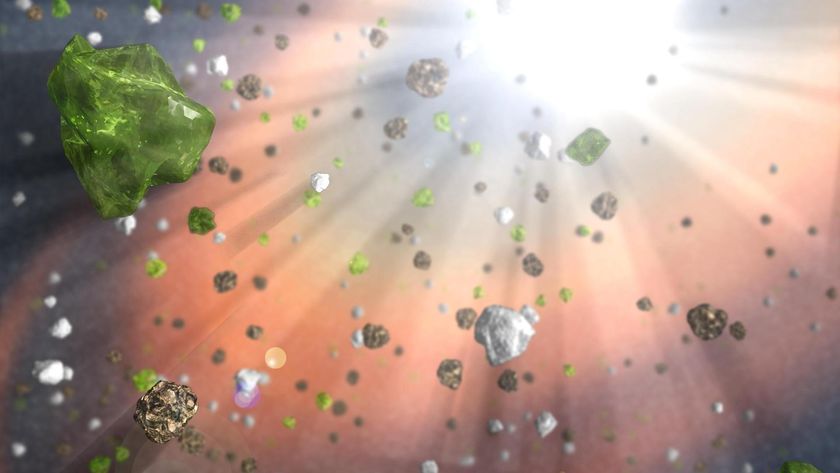Beyond the Higgs: 4 Weird Facts About Other Bosons

In 2012, scientists at the world's largest atom smasher came across evidence of what they believe is the Higgs boson, a long-sought particle that gives other matter the property of mass. Researchers discovered the particle using the Large Hadron Collider (which is located underground, beneath the French-Swiss border) and are pretty sure it is the Higgs, although more data is needed to confirm it.
But the Higgs boson is only one type of boson. Bosons are defined as having integral spin (spin expressed as an integer such as 0, 1 or 2) and behave in accordance with statistics proposed by Albert Einstein and Indian physicist Satyendra Nath Bose.
Here are four bizarre facts about other bosons:
1. There might be other Higgs bosons.
The world of particle physics is famously messy, and one example is that the Higgs may not exist as a single flavor. "Flavor" is how scientists label different versions of the same type of particle. In fact, there may be five or more types of Higgs bosons with different masses, depending on the theoretical model used. [Wacky Physics: The Coolest Little Particles in Nature]
2. Bosons are responsible for at least some of the fundamental forces.
The Standard Model of elementary particle physics describes how the particles that govern three of the four fundamental forces interact. The forces in the model are electromagnetism (carried by bosons called photons), the strong nuclear force (gluons) and the weak nuclear force (W and Z bosons). Gravity is the fourth fundamental force, but it's not a part of the model. Scientists believe there is also a boson responsible for gravity — called the graviton — but so far, it has not been observed.
Sign up for the Live Science daily newsletter now
Get the world’s most fascinating discoveries delivered straight to your inbox.
3. A boson cousin might lie in the Earth's mantle.
In 2013, scientists mapped the Earth's magnetic field in detail, and then examined subatomic particles to see how the electrons packed in the Earth's mantle affected their spins. Their work uncovered evidence of a new fundamental force of nature (after electromagnetism, gravity, and the strong and weak nuclear forces). If the force is real, one possible explanation would be the existence of the Z' (pronounced "Z-prime"), a relative of the Z boson that supports the weak nuclear force.
4. A boson partner could be responsible for dark matter.
Scientists theorize that there is a particle category known as "supersymmetric partners" for all of the particles that they're familiar with in the Standard Model of particle physics, such as electrons, neutrons and quarks. Dark matter is a type of matter that cannot be sensed with conventional instruments but can be detected through its gravitational effects. Some physicists suggest that a particle called the wino — the supersymmetric partner of the W boson — could help explain dark matter.
Follow Elizabeth Howell @howellspace. Follow us @livescience, Facebook & Google+. Original article on LiveScience.

Elizabeth Howell was staff reporter at Space.com between 2022 and 2024 and a regular contributor to Live Science and Space.com between 2012 and 2022. Elizabeth's reporting includes multiple exclusives with the White House, speaking several times with the International Space Station, witnessing five human spaceflight launches on two continents, flying parabolic, working inside a spacesuit, and participating in a simulated Mars mission. Her latest book, "Why Am I Taller?" (ECW Press, 2022) is co-written with astronaut Dave Williams.











